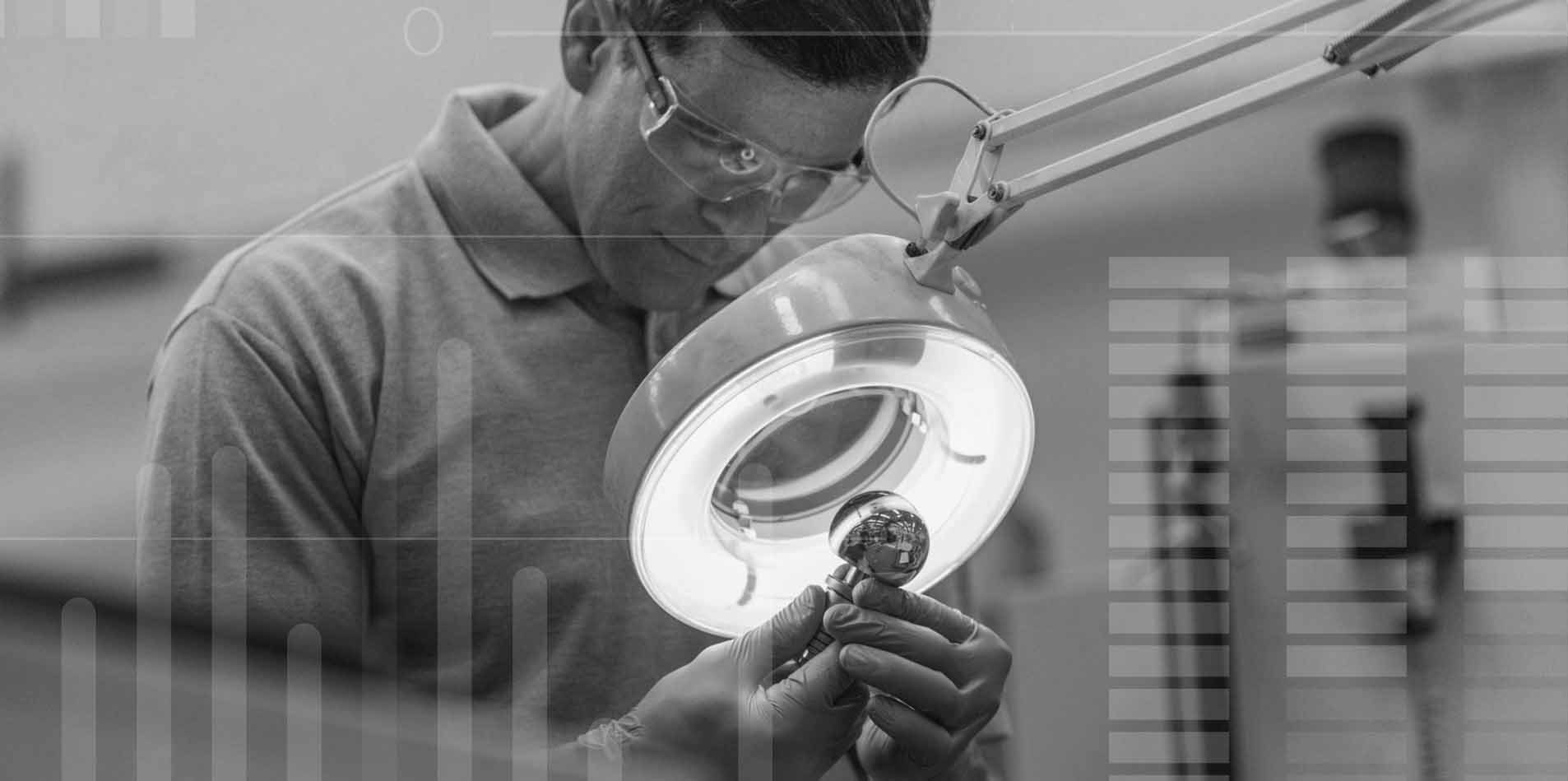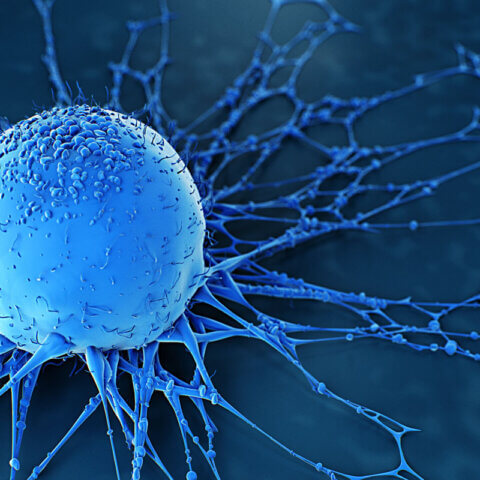Last Updated: March 14, 2024, 1 pm UTC
Medical device development must address some unique challenges that have grown over the last decade due to increasing medical device complexity, a more complex regulatory framework catching up with the industry, and an established and variable standard clinical practice to compete with:
- Variations in complexity — Devices may have multiple different constituent parts, including hardware, software (Software as Medical Device, Digital Therapeutics, artificial intelligence) and medicinal components. With increasing regulatory requirements due to the release of new laws (e.g. EU MDR, GDPR), standards and guidance documents it is crucial to understand the essential requirement as early as possible to not risk noncompliance or significant delays in the development phase.
- Very different purposes — Almost all drugs are therapeutic, while devices may be therapeutic, diagnostic, monitoring, supportive, surgical, and more. Regulations regarding device development must account for, and be tailored to, all of these possibilities.
- Different timelines — Depending on the purpose, medical devices may undergo dynamic changes in function and safety over years or even decades certainly when being implanted. Others may be of short-term usage to support a diagnosis or treatment delivery. In any case, clinical evidence will be needed to support safety, clinical performance and clinical benefit claims for medical devices to support market entry (PMAs, CE marking etc.) as well as keep already placed devices on the market (e.g. mandated PMCF studies in the EU).
These factors have a major impact on the medical device development cycle, which can be broken down into five major stages. The outcomes of each stage have a direct effect on subsequent ones where less-than-optimal outcomes may lead to some backtracking to a previous step. Overall, it is essential to choose the right priority market for initial launch of a medical device to ensure there is enough value to position and adopt the device in the target market. This decision will be based on several factors not limited to regulatory requirements, clinical practice, user experience, reimbursement etc.
1. Conceptualization and Discovery
The first stage of a device’s development is its initial invention. Engineers, scientist, and medical professionals work in collaboration to design the device to assure the proposed device is technically and clinically viable. This is soon followed by classification, which governs most aspects of the development process. Classification is generally made based on device type and assessed risk, with specific classifications in the U.S. and E.U. that can differ significantly. Certainly, under EU MDR devices have been up classified leading to increased requirements and different launch timelines.
2. Preclinical Research
At this stage, a device undergoes prototyping not yet for human use. These prototypes are then tested in controlled laboratory settings using in vitro and in vivo methods. From these tests, preliminary data regarding the device’s safety and performance are gathered. Animal model selection and testing is also common in this stage and can provide valuable insights with regards to device development. The preclinical stage is largely focused on evaluation of safety and biocompatibility. For example, typical assays include genetic and reproductive toxicology screens that look for possible carcinogenicity or unintended impacts on reproductive health. Working with the right partners will ensure to correctly define all essential requirements to comply with for type of medical device under investigation (and its components) being able to go to the next phase of the development phase.
3. Clinical Research
Once past the preclinical stage, testing in human trials begins. It’s important to note that these trials take place in specific phases depending on the available clinical evidence and equivalence available at the point of phase entry. Depending on the device type, classification and availability of predicate devices/equivalence out there, clinical evidence needs can vary which will impact the selection of study phase and design.
- Pilot or exploratory studies that include 10–30 patients and are designed to evaluate preliminary safety and performance.
- Pivotal studies made up of 50–300 participants that determine clinical efficacy and look for adverse events.
- Post-approval studies continue after a device has been released to the public. They evaluate long-term safety and efficacy data. For devices such as permanent prosthetic implants, the findings of these studies are the most clinically useful but may take decades to gather.
During the clinical research stage, it’s important to determine whether any adverse events that occur during a clinical trial could be attributed to the device being tested. For regulatory purposes, these are classified as serious adverse device effects. Any deficiencies in the device must be reported to the relevant regulatory body. Additionally, at the approval stage of the proposed clinical investigation the manufacturer should be ready to present the Post Market Surveillance plans (PMCF, registries, surveys etc.). These plans are mandatory under EU MDR and will be reviewed by the involved competent authorities to understand the continuous process that updates the clinical evaluation.
4. Regulatory Review
Once the clinical trials are completed and the data is compiled the sponsor submits an application for regulatory approval. The submission is generally robust and includes the data from not only the clinical trials but also the preclinical stage, manufacturing processes and mandated quality control measures. Examples of regulatory authorities include, but are not limited to, the FDA in the United States and the European Notified Bodies. The focus of the review is to ensure the device meets safety and efficacy standards. From there, the device is either approved and goes to market or is denied approval. Under the latter conditions, developers may go back to previous stages to build a more robust application for resubmission.
5. Post-Marketing Surveillance
As long as a medical device remains in use, its development is never completely over. Post-marketing surveillance can be considered a long extension of clinical research. During this time, developers supervise continuous monitoring and data collection after a product has been introduced to the public. Such long-term safety and performance data may be used to guide clinical decisions or future medical device development or even label extensions etc. Post-market investigations are also used to collect data points to address reimbursement plans by providing real world evidence (RWE) data needed for adoption into reimbursement schemes.
If you’re interested in learning more about how we can support your medical device development, contact us today.

 Perspectives Blog
Perspectives Blog 


